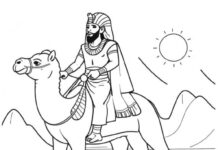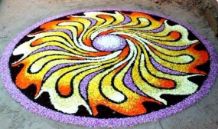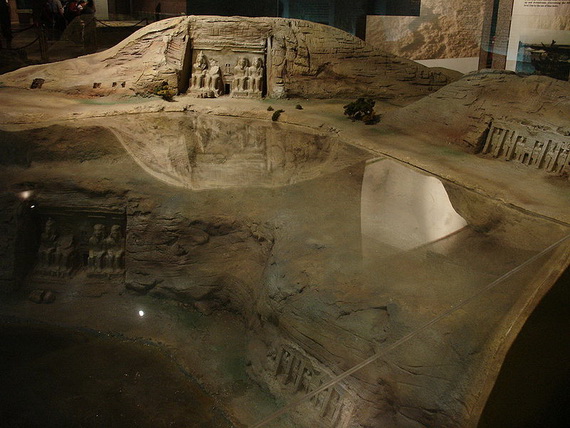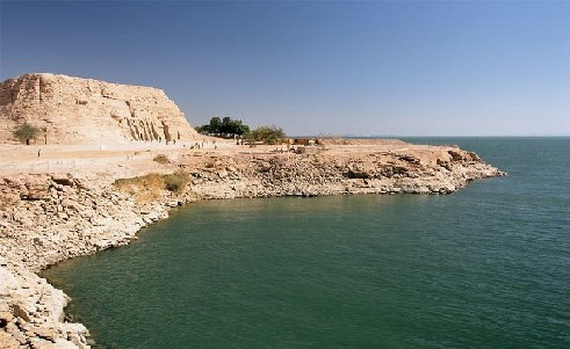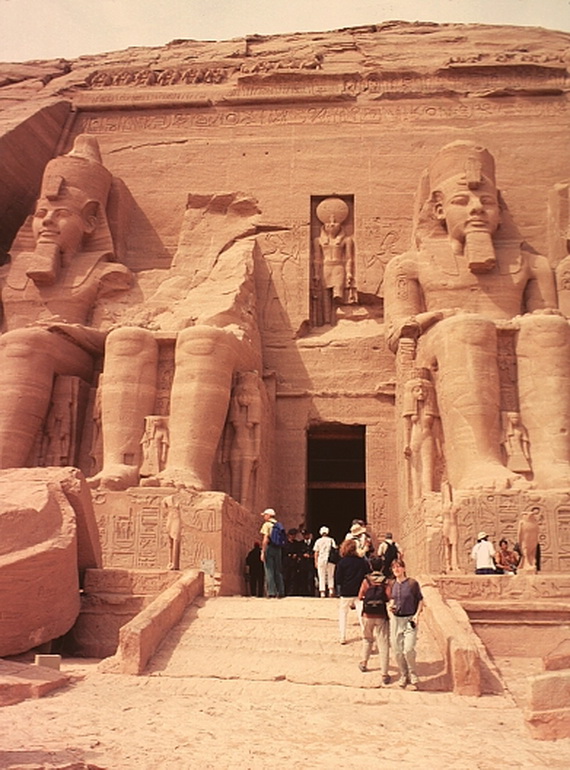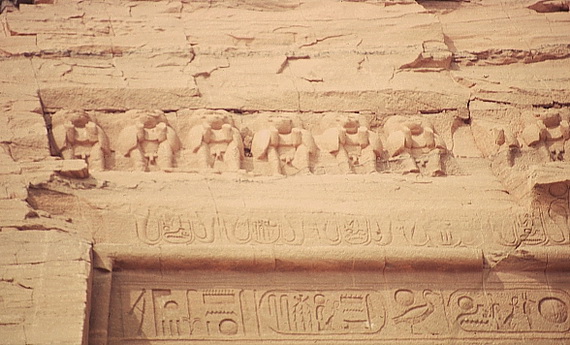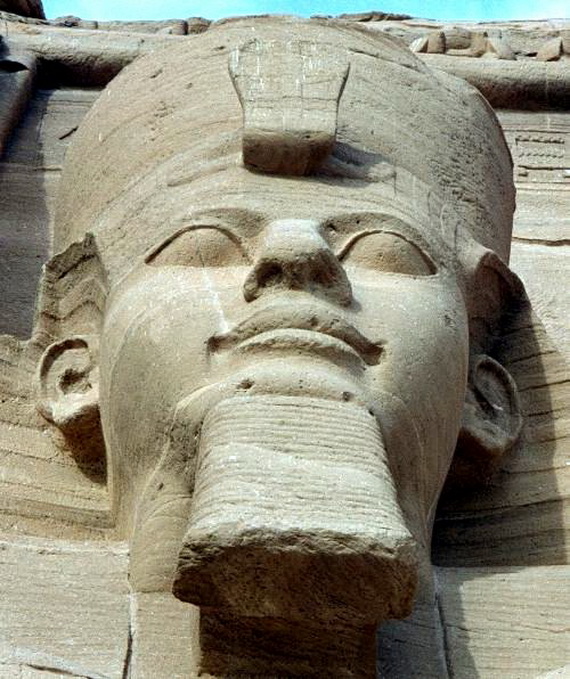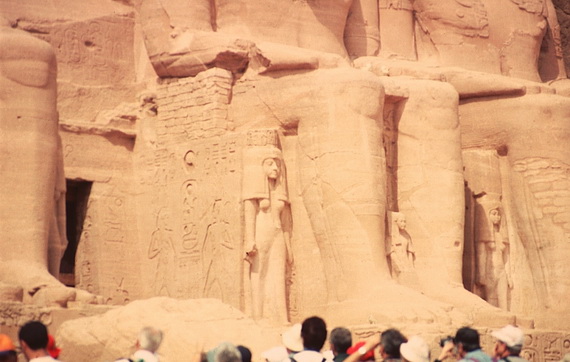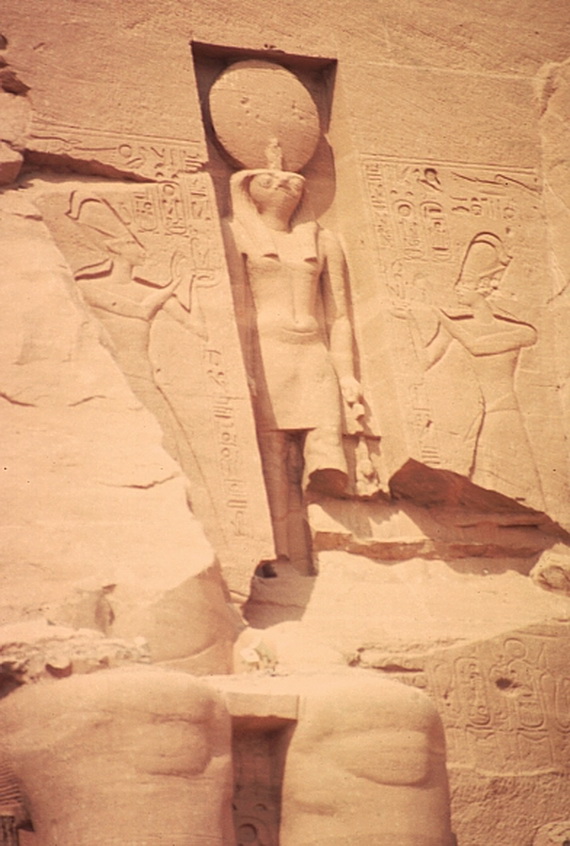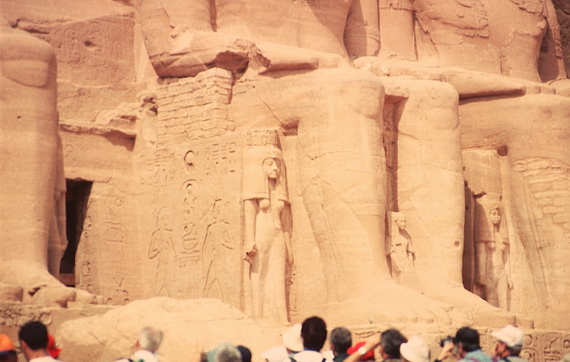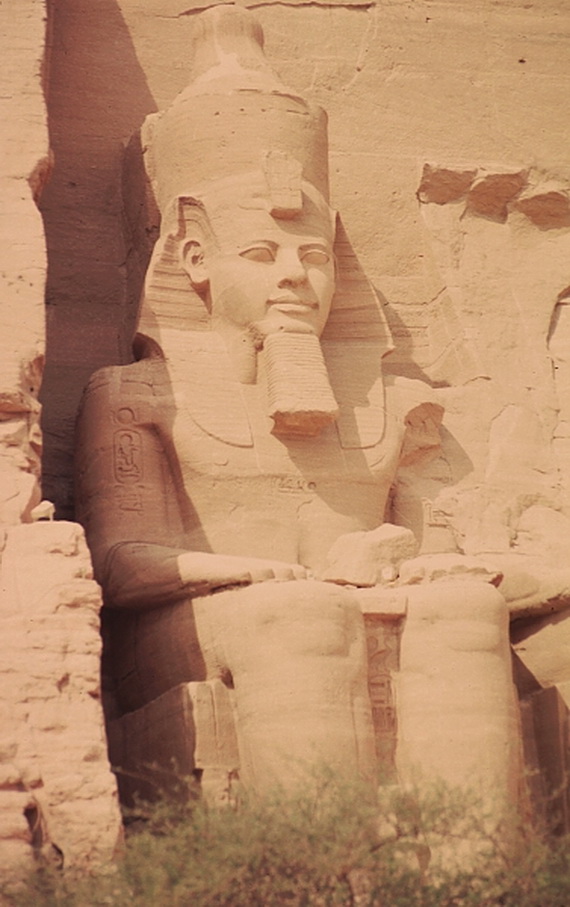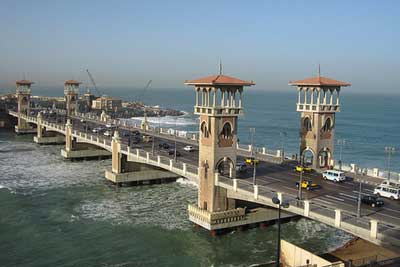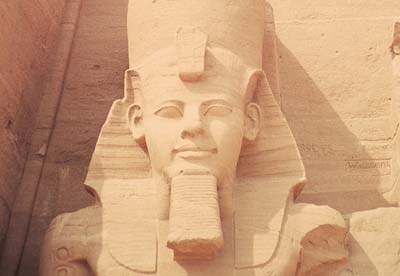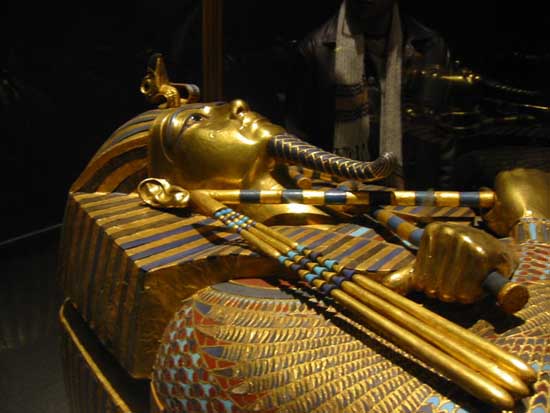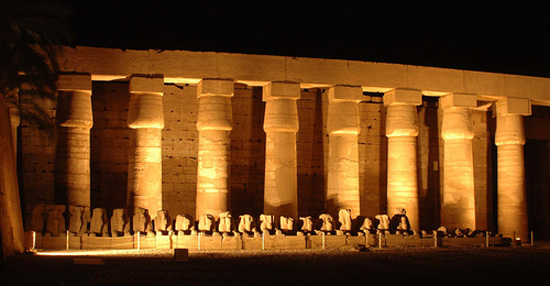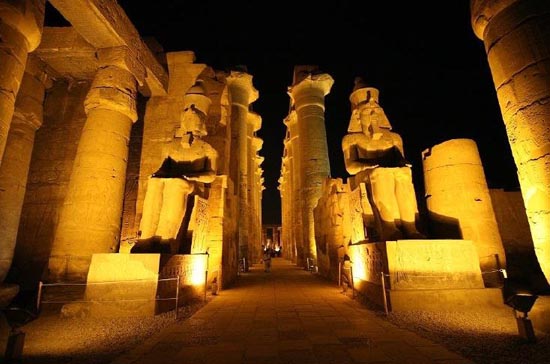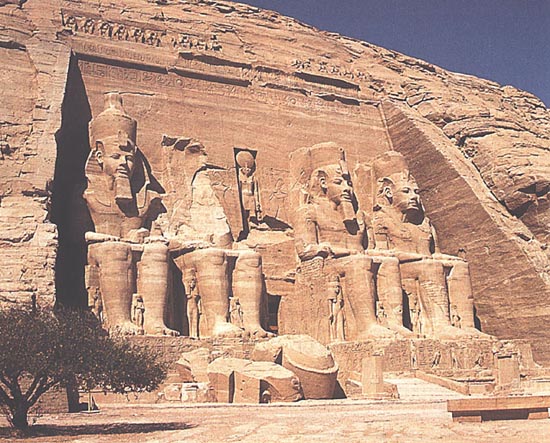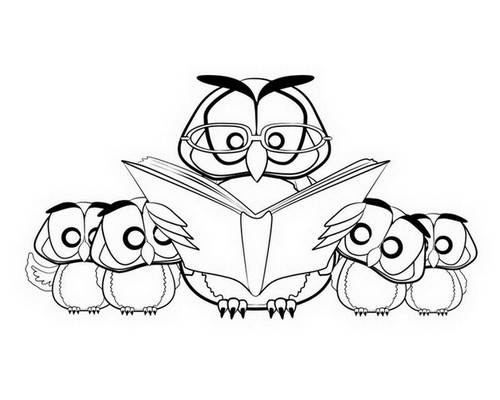Ramses the bold, Ramses the fair, Ramses the great, Ramses the Narcissist are perhaps all apt titles for one of ancient Egypt’s most powerful rulers.
Ramses who lived to be 96 had plenty of time, he had 200 wives and concubines, 96 sons and 60 daughters are but a few descriptions of this ruler of Ancient Egypt.
Celebrating a life that spanned nearly a centenary, Ramses was also known for his ingenious accomplishments in blending architectural and natural phenomena.
Abu Simbel – Aswan – Cairo, the most awe-inspiring temple of all pharaonic ancient Egypt, with its gargantuan rock-cut façade, the great Sun Temple of King Ramses II was created to revere the mighty pharaonic ruler King Ramses II.
Of the several buildings King Ramses II built, Abu Simbel is considered the most impressive.
The Sun Temple has been sitting along the Niles banks since 1250 BC in southern Egypt, carved into the sandstone cliffs facing eastwards.
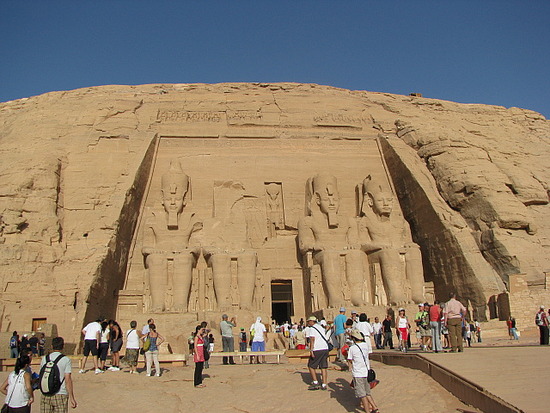
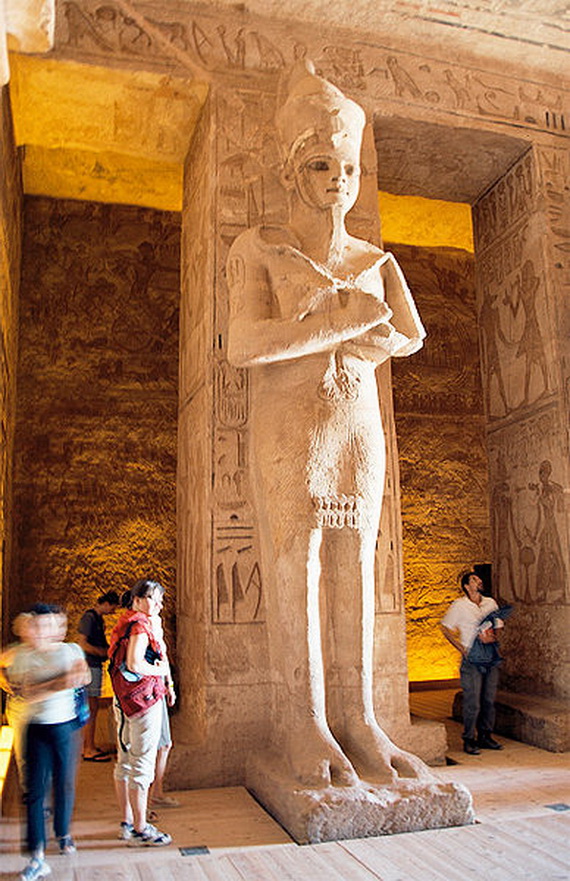 Abu Simbel festival is a very significant and unique festival that is held at the Abu Simbel temple of Egypt and one of the world’s most tremendous and unique events to date. The Sun Festival at Abu Simbel Temple that nestles in darkness all round the year. Celebrates the combination of human endeavor and natural phenomena which provides one of the most spectacular sights in the world. Only twice in the month of February and October, on the birth anniversary and coronation of emperor Ramses II.
Abu Simbel festival is a very significant and unique festival that is held at the Abu Simbel temple of Egypt and one of the world’s most tremendous and unique events to date. The Sun Festival at Abu Simbel Temple that nestles in darkness all round the year. Celebrates the combination of human endeavor and natural phenomena which provides one of the most spectacular sights in the world. Only twice in the month of February and October, on the birth anniversary and coronation of emperor Ramses II.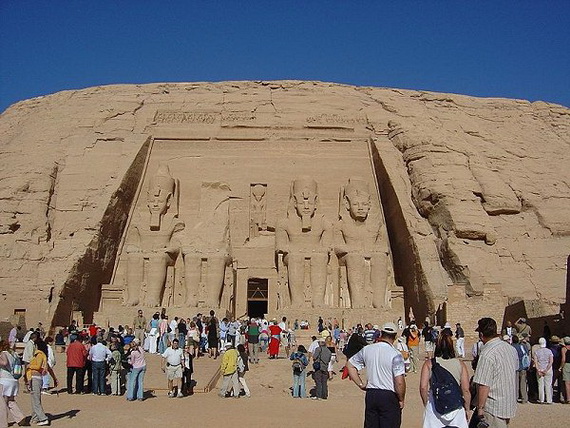
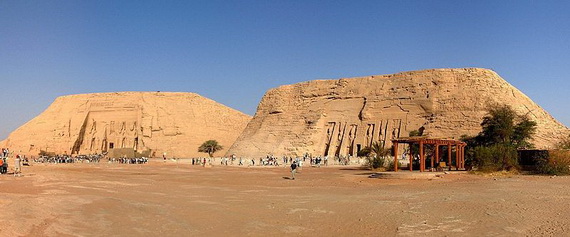 It celebrates Ramses II precision and architectural egotism, which carefully angled his temple at Abu Simbel ,at the break of dawn, natural sunlight streams into the complex and throws light on him and the sun gods seated besides illuminating the brilliant architecture of the sanctum Santorum. The facade of the temple with the four 108 feet high colossal statues of Ramses guarding the entrance way, which leads into a grand hall separating into two smaller treasury rooms. Deeper still leads you to where the natural phenomenon takes place. The inner most chapel is where stands the statues of the four main universal gods Ra, Amun, Ptah and Ramses II to whom the temple is dedicated. The combination of human endeavor and natural phenomena was fit of precision and architectural egotism, carefully angled by Ramses II so that the inner sanctum would light up once on the anniversary of his rise to the throne, and once on his birthday.
It celebrates Ramses II precision and architectural egotism, which carefully angled his temple at Abu Simbel ,at the break of dawn, natural sunlight streams into the complex and throws light on him and the sun gods seated besides illuminating the brilliant architecture of the sanctum Santorum. The facade of the temple with the four 108 feet high colossal statues of Ramses guarding the entrance way, which leads into a grand hall separating into two smaller treasury rooms. Deeper still leads you to where the natural phenomenon takes place. The inner most chapel is where stands the statues of the four main universal gods Ra, Amun, Ptah and Ramses II to whom the temple is dedicated. The combination of human endeavor and natural phenomena was fit of precision and architectural egotism, carefully angled by Ramses II so that the inner sanctum would light up once on the anniversary of his rise to the throne, and once on his birthday.
Have you been to the Abu Simbel Sun Festival in Egypt yourself? If not take your family holiday and enjoy the site.






